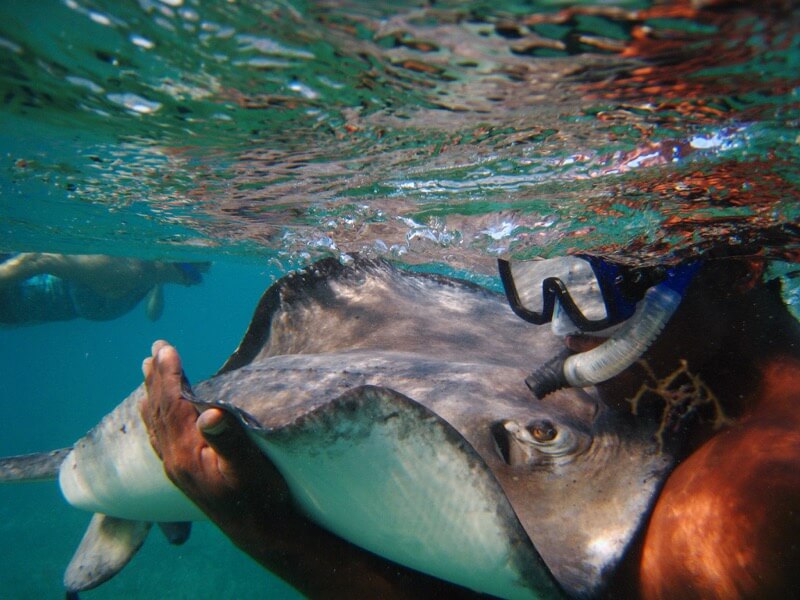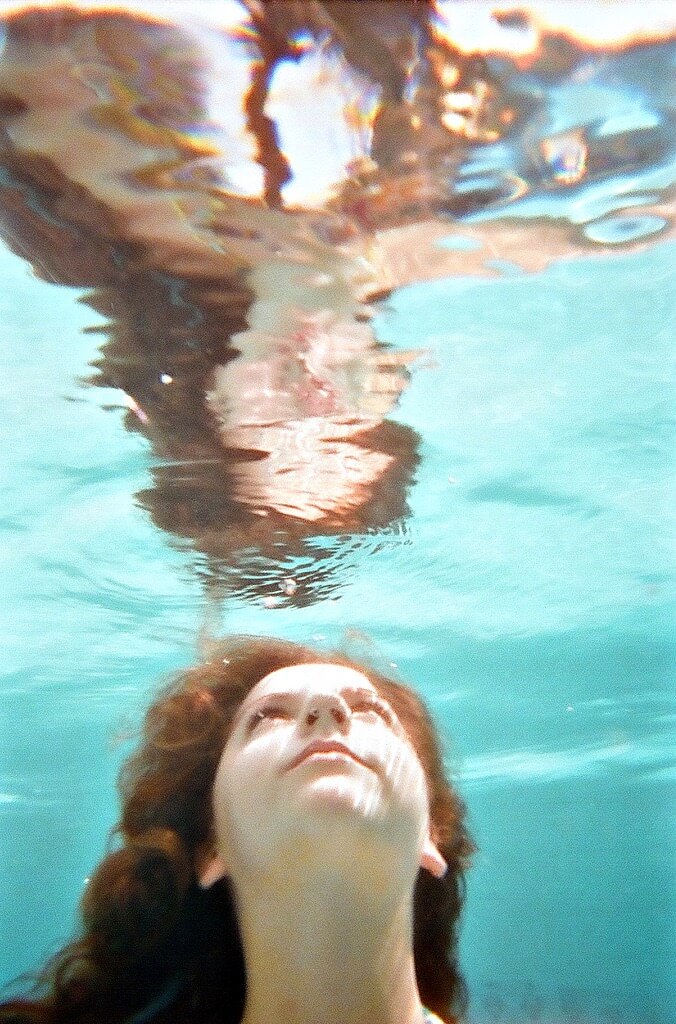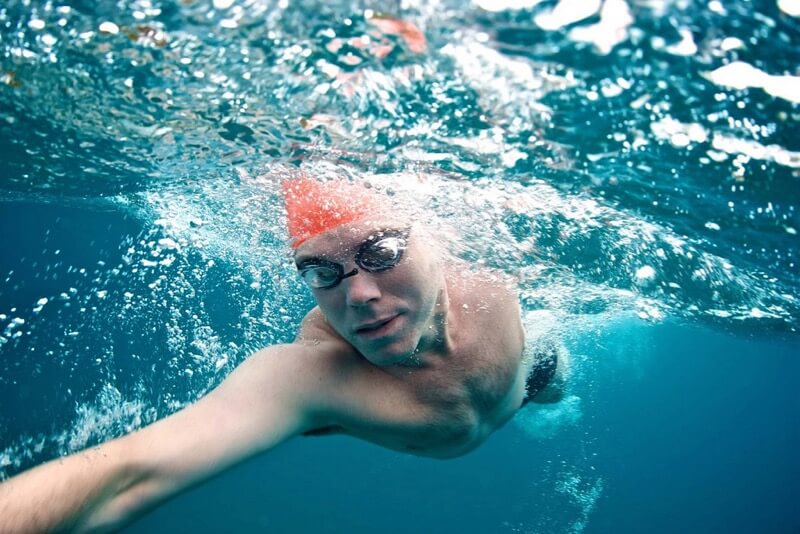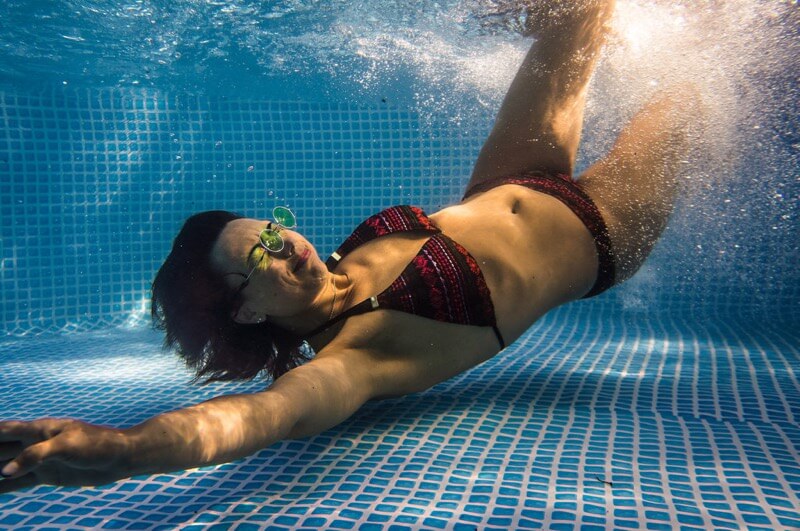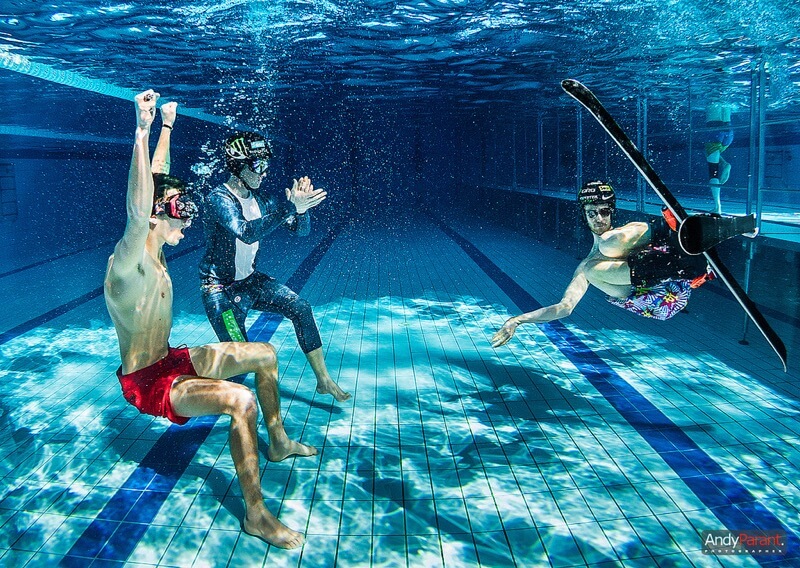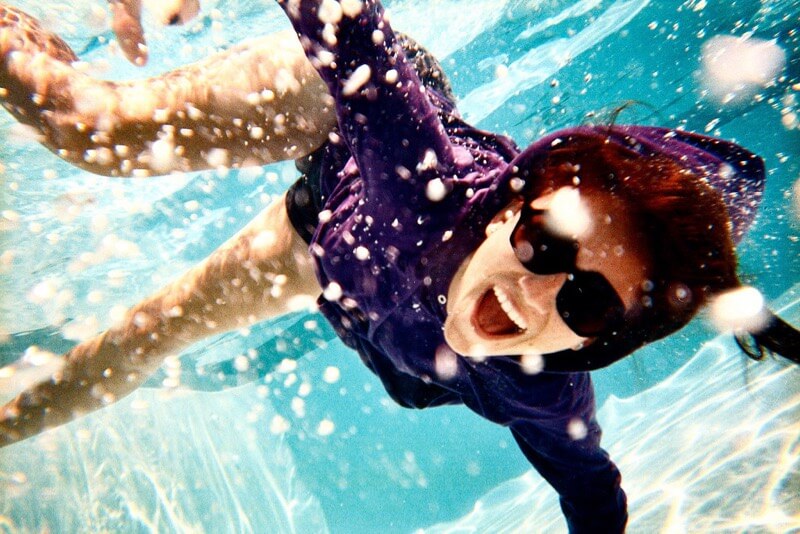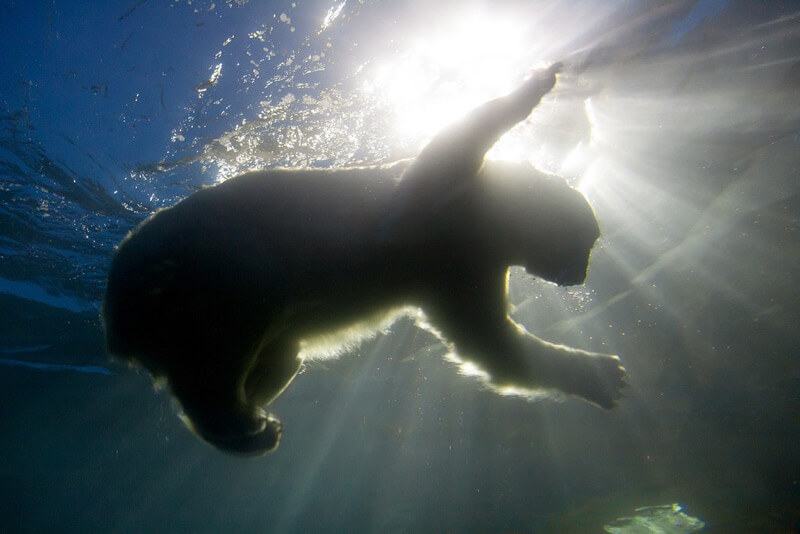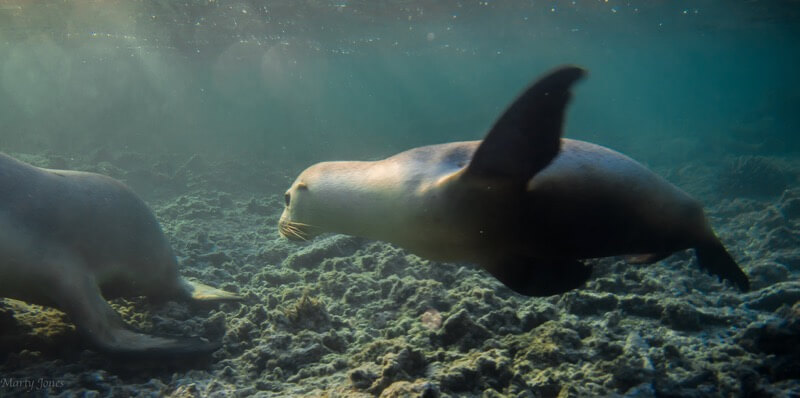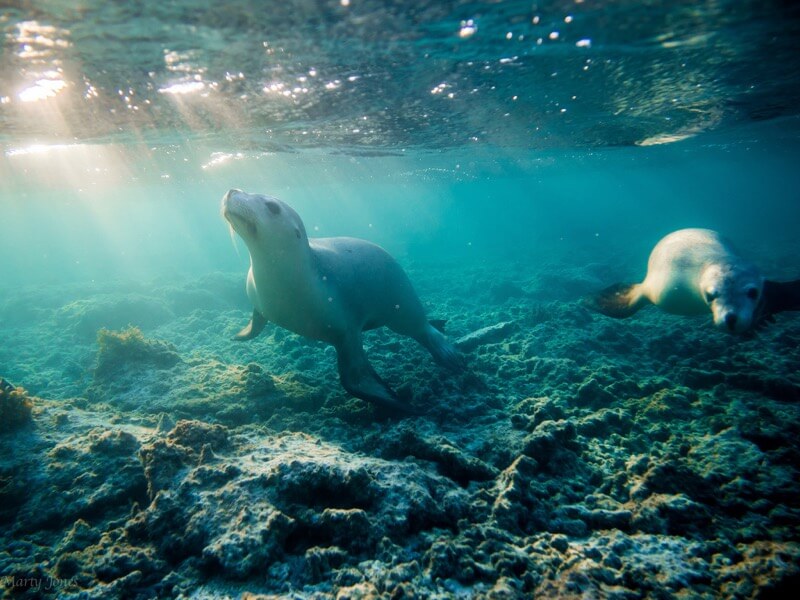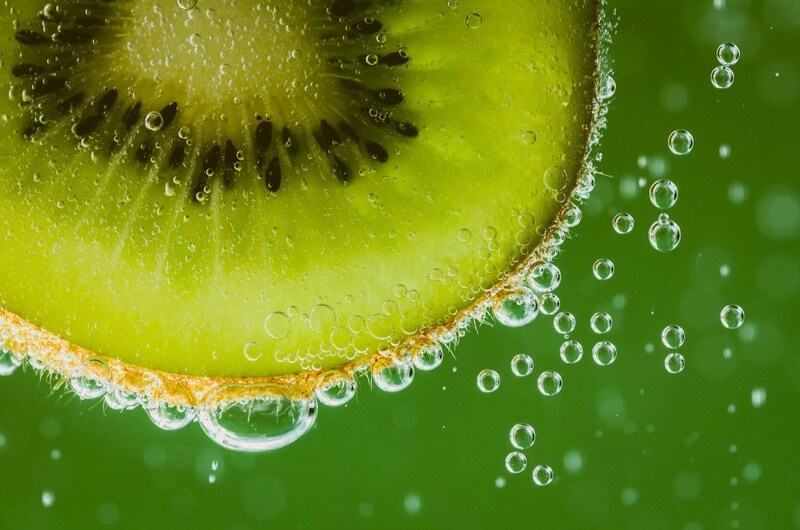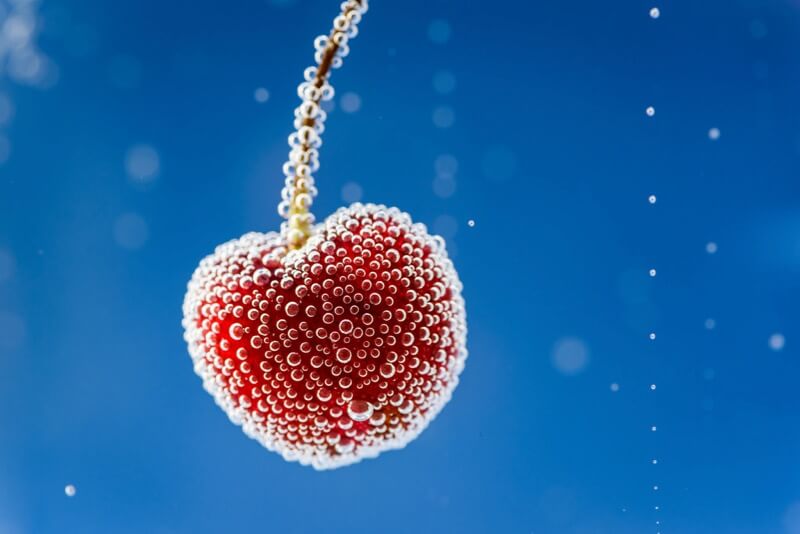If you’re looking for a new challenge, try underwater photography. Underwater shots can look stunning, but they’re also difficult to pull off. Since water can totally change the way light and color appear in a photo, it forces you to rethink your usual techniques and compositions.
If you’re disappointed by your first few tries, here are some tips for improving your underwater photos:
Use the right equipment for shooting underwater.
Buying a waterproof camera is one of the simplest ways to get into underwater photography. Some waterproof cameras, like the GoPro HERO5, work great in pools and shallow lakes (up to 10 meters deep), but need additional housing if you want to dive deeper. Others can go up to 30 meters deep without a problem, such as the WeyTy X6S 4K or the Campark ACT74.
One big advantage of buying a compact waterproof camera is the affordable price. You can start shooting underwater with a good setup for somewhere between $50 and $200. Compare that with reliable underwater housing for your DSLR with prices ranging from $800 (Nimar) to $1,800 (Ikelite).
The downside to waterproof cameras is that you have to give up some of the image quality and capabilities of a DSLR. Your images may not be as sharp, and you may struggle with getting good exposures. Though you can still get fantastic images, it might be more challenging if conditions aren’t ideal.
Whether you’re using a waterproof camera or a DSLR with underwater housing, you can also improve your photos by using an external underwater strobe, also called an underwater flash. When positioned properly, underwater strobes can cut down on backscatter and give you a lot more flexibility with lighting. For more info about strobes, check out this article from the Underwater Photography Guide.
Not ready or able to buy a strobe? No worries! You can still get great underwater photos by using the following strategies.
Shoot closer to the surface and/or closer to the subject.
Light waves function differently underwater. As a result, colors lose their vibrancy as you go deeper into the water or move farther away from your subject. This effect varies from hue to hue, but generally, the colors red, orange, and yellow totally lose their vibrancy at 20 feet or more away from the camera or surface.
For this reason, it’s best to get as close to your subject as possible. Unless your subject is fast or dangerous, try to get within 2-3 feet of it. Your colors, as well as your sharpness and contrast, will improve dramatically.
Using flash can also help brighten the colors in your images, but if you’re not using an external strobe, you might have issues with backscatter. The solution to reducing this backscatter is, once again, to get closer.
Charlie Marshall – floating_diver
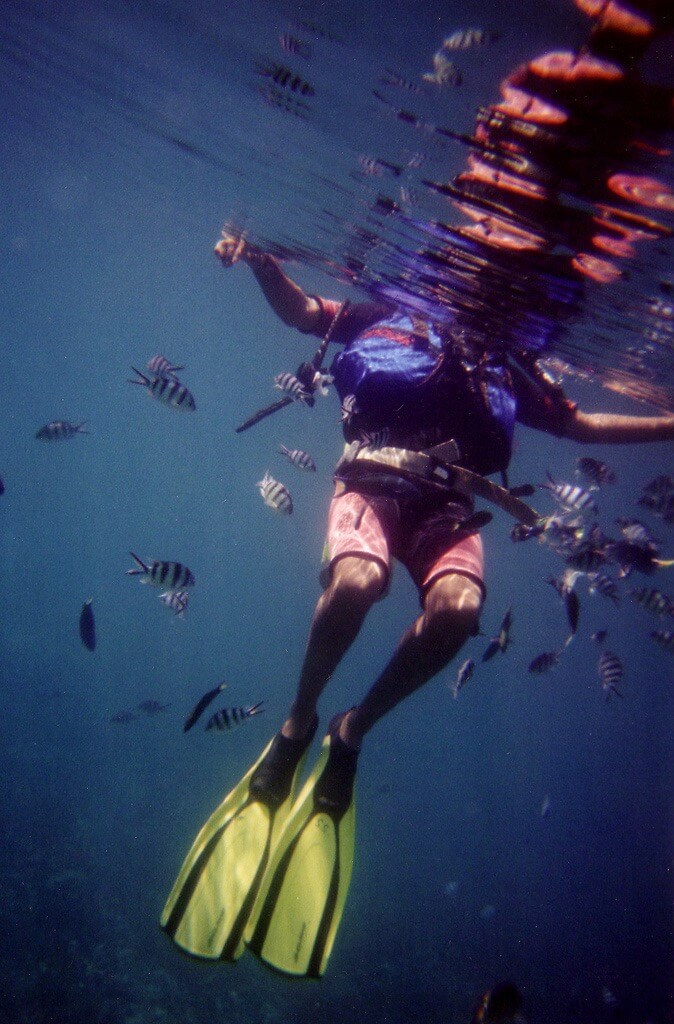
Work on your buoyancy control.
If you’re taking photos while snorkeling or scuba diving, it’s crucial to master your buoyancy control. Good buoyancy control allows you to hang motionless in the water, as well as change direction without using your hands. In contrast, poor buoyancy control leads to more kicking and flailing.
When you’re struggling to control your buoyancy, you’re not only distracted from taking photos. You’re also reducing the quality of the photos you do shoot. That’s because, as you flail, your fins or hands can accidentally stir up sand or silt, causing backscatter in your photos.
You can find plenty of tips online for improving your buoyancy control. Remember that your diving buddy should also be aware of his/her buoyancy control as you take photos. Even if they’ve mastered buoyancy control, it’s a good idea for him/her to stay at a short distance when you’re shooting. If you both want to look at the same thing, take turns rather than crowding around it. This distance will reduce the chance of someone kicking up sand and spoiling the photos.
Experiment with different subjects and compositions.
Though simple, this one can be easily forgotten with underwater photography. Because underwater photos are less common than photos on land, underwater photography gets clumped into one genre. But in fact, there are almost as many possibilities underwater as above water, from portraits and marine life to still life and conceptual photography.
If you feel discouraged after an underwater shoot, consider trying a different subject, composition, and/or setting. Even if the quality of your photos remains the same, you may feel more excited about certain subjects compared to others.
Many photographers start off with one of the following subjects, but don’t feel limited by these ideas! As the Underwater Photography of the Year competition shows, there’s an incredible amount of variety in this field.
Swimmers
Photographing a person swimming is a great way to practice underwater action shots. Depending on the level of difficulty you’re ready to take on, you can either shoot these photos in a swimming pool or a natural body of water, like a lake or ocean.
A pool will give you a greater amount of control, but if it’s heavily chlorinated, your photos will end up looking cloudy. A clear, freshwater lake is often the best choice for clarity, but then, it might be too cold for a long photo shoot. The ocean can be a great setting, too, as long as you’re shooting on a day with good visibility and are aware of other potential dangers, like currents and jellyfish.
You can also try using a saltwater pool or a pool that hasn’t been chlorinated. If all else fails and you’re stuck with hazy water, you can still get clear photos by staying close to your subject.
Texaselephant – Morning Workout
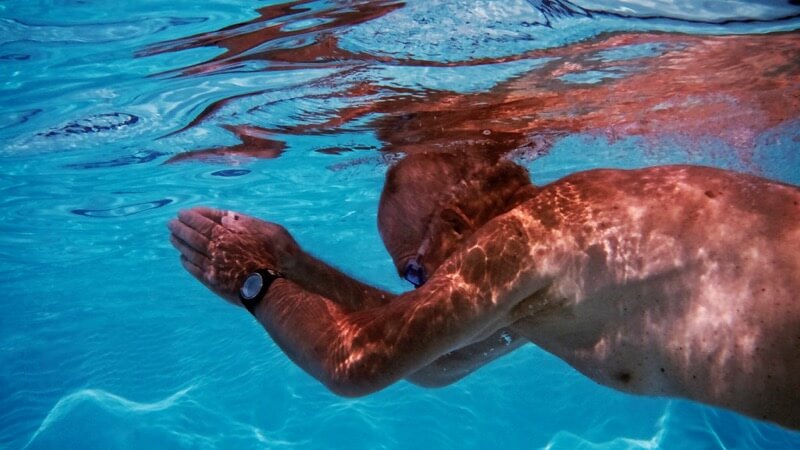
Tristan ‘Shu’ Lebeschu – l’homme de l’Atlantide
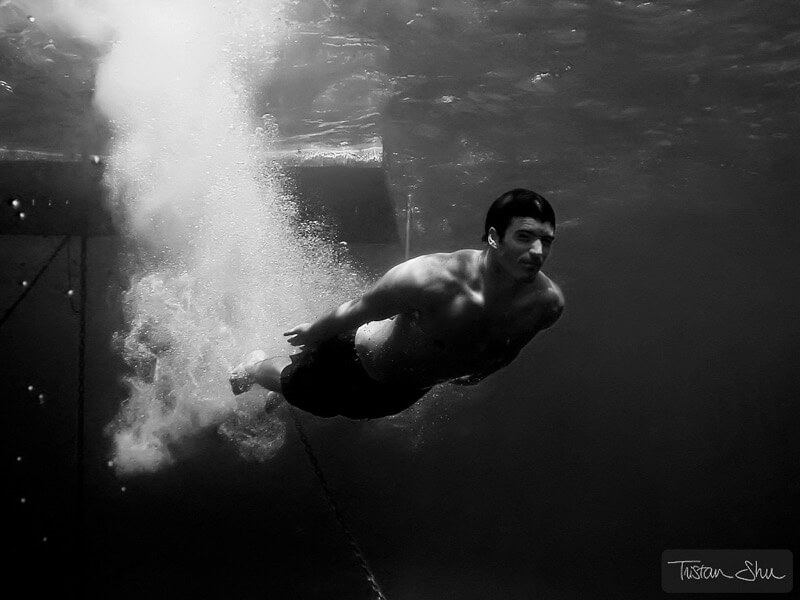
Carlos Navarro – 49/52 Underwater
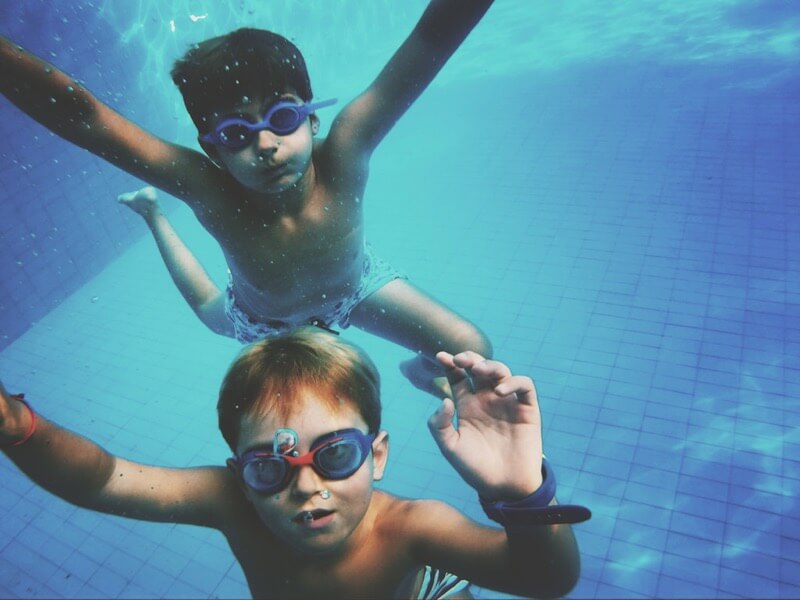
Martin Cox – Chica submarina 3
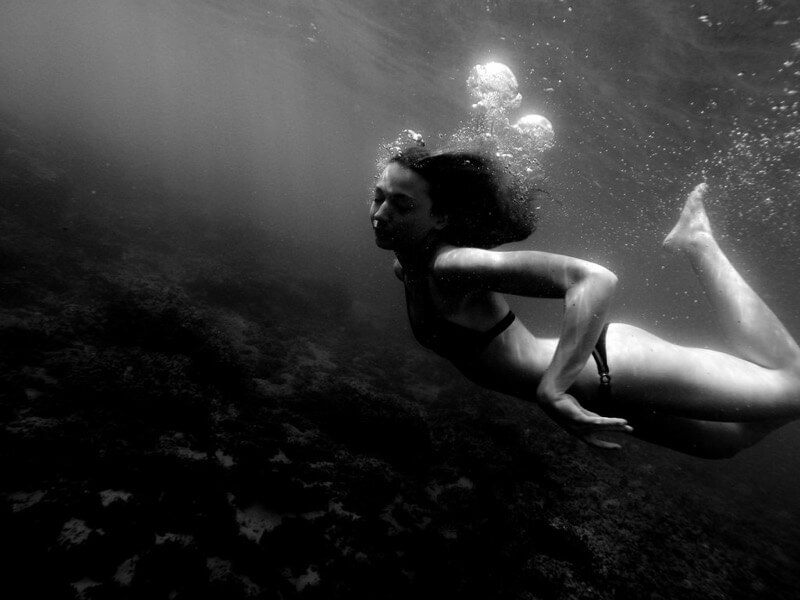
Michael Carian – John D. Stoll Submerged
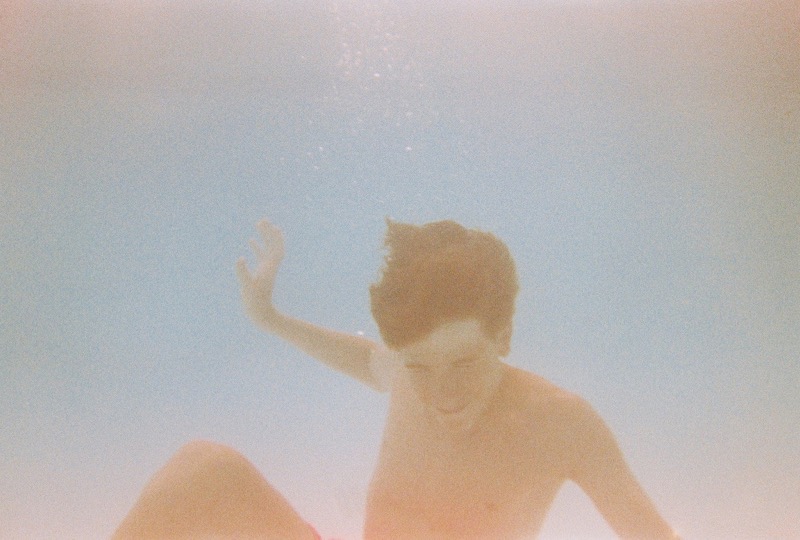
Portraits with Normal Clothes
If you want something more magical or ethereal, try taking underwater portraits of people in normal clothes. This small change can make a huge difference in the photo’s atmosphere, especially if the model is wearing a billowing dress or long scarf.
Do keep safety in mind for these photo shoots, though. Regular clothes can make swimming difficult, so make sure your model is an experienced swimmer who’s in good shape. Ideally, they should also feel comfortable with the challenges of underwater modeling. For example, they’ll need to be able to let out air in order to sink down for a photo, then stay underwater (without air) while you take the shots.
If your model has never done an underwater shoot before, be patient as they figure it out. They need to get used to keeping their facial expression relaxed and natural, as well as posing in a new environment. You can help them by working on the poses before heading into the water.
Another important factor, besides your models, is your choice of fabric and clothing. Some outfits look amazing underwater, while others fall flat. Generally, lightweight materials like chiffon will give you good results, but you can always bring a few back-up outfits in case the first choice doesn’t work out well.
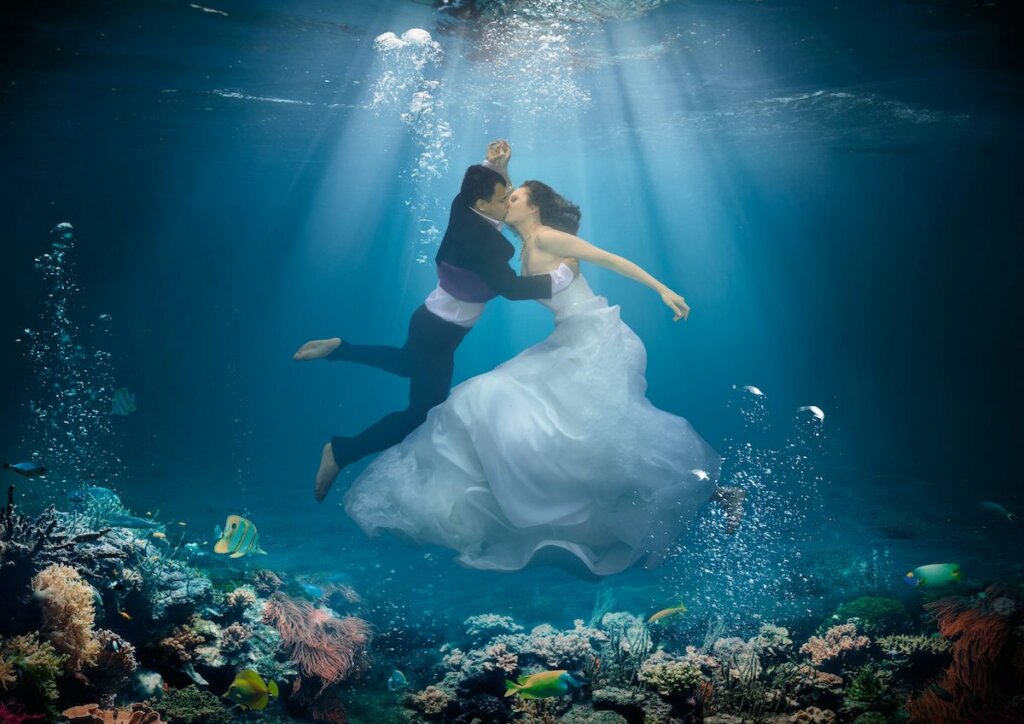
julian oh – Trickles Of An Impending Doom
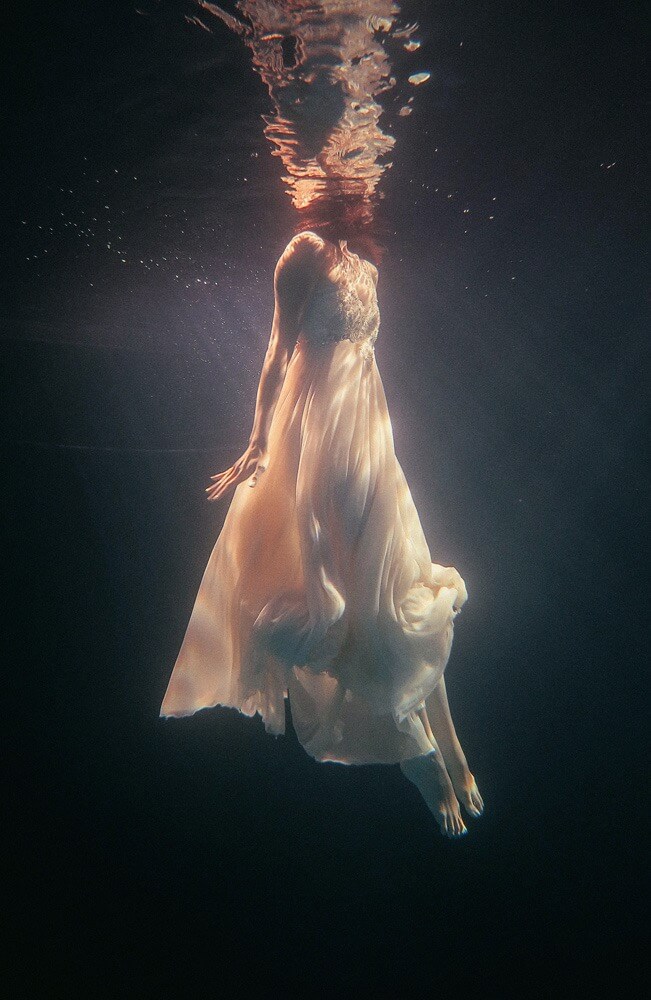
julian oh – The Mighty Call of Siren
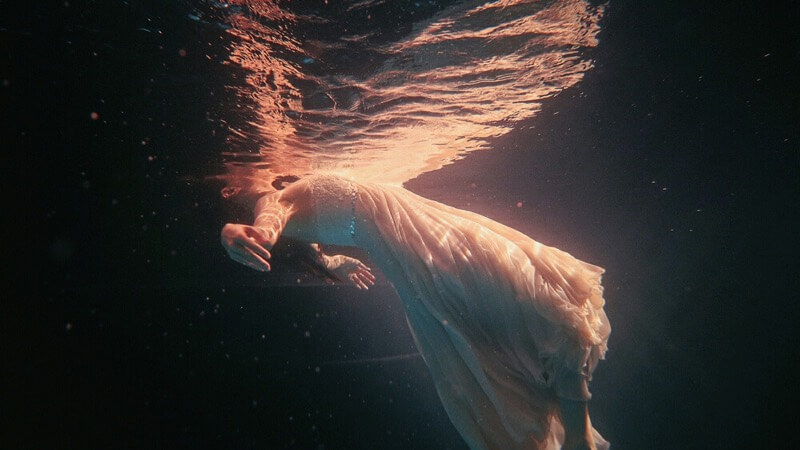
Andrea Peipe – One last breath
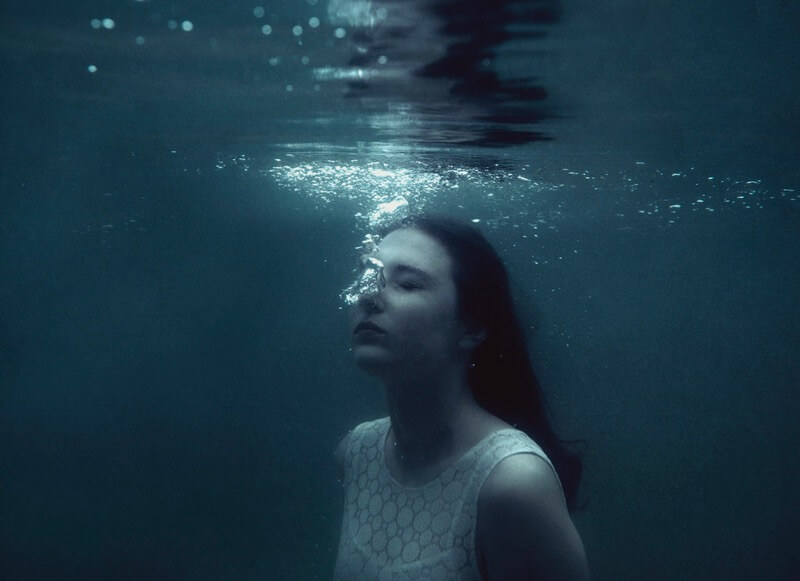
Marine Life
If you’re an experienced wildlife photographer, you’ll probably adapt easily to photographing marine life, since many of the same principles apply. Patience, respect, and research are still key for getting great photos. The more you know about your dive site and the marine life you’ll be shooting, the better.
When you’ve found your subject, let it get used to you first before you start going crazy with photos. Stay in the same spot so it can get comfortable with your presence. If it swims away, resist the impulse to chase after it. Chasing marine life rarely leads to good photos. More often, it ruins your chance of snapping a good photo, as you stress both it and the surrounding marine life.
If your subject acclimatizes to your presence, take advantage of the opportunity and shoot more photos than you think you need. If the subject is moving, use burst mode or continuous shooting. Just like with wildlife photos on land, you don’t want to miss a decisive moment.
zsispeo – Yellow boxfish, juvenile – Ostracion cubicus
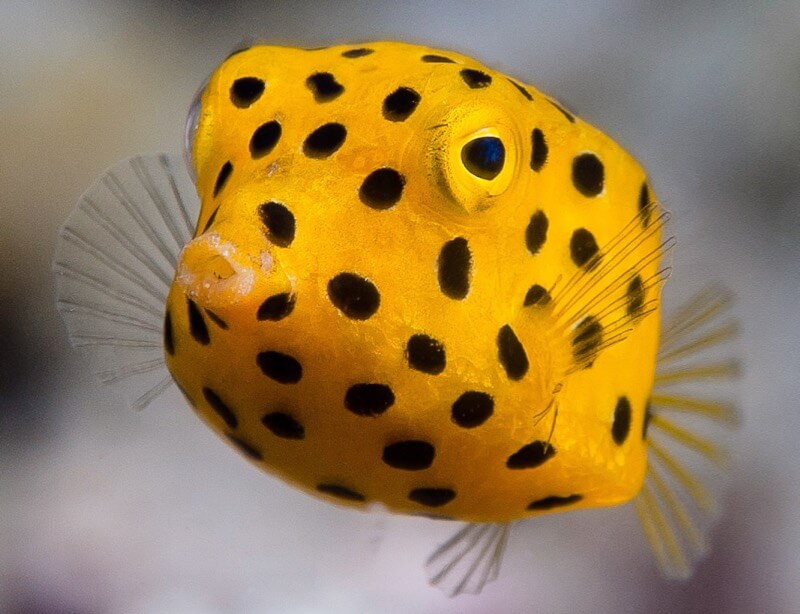
Christopher Michel – Mother & Daughter Humpback
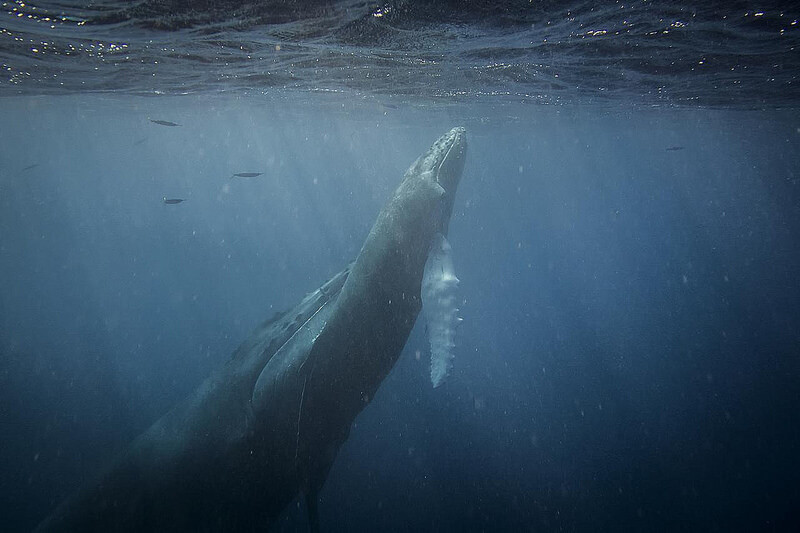
prilfish – Porcelain Crab – Neopetrolisthes oshimai
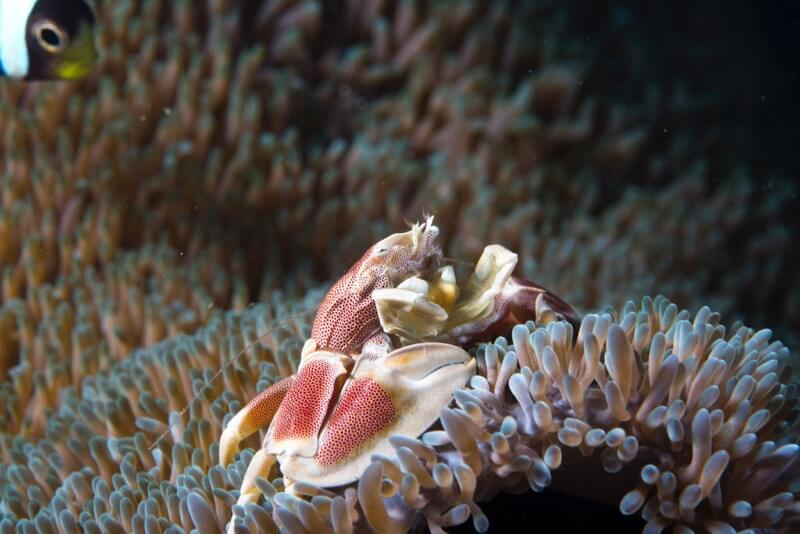
Hamed Saber – Welcome to the Other World @ Persian Gulf / Kish Island / Iran
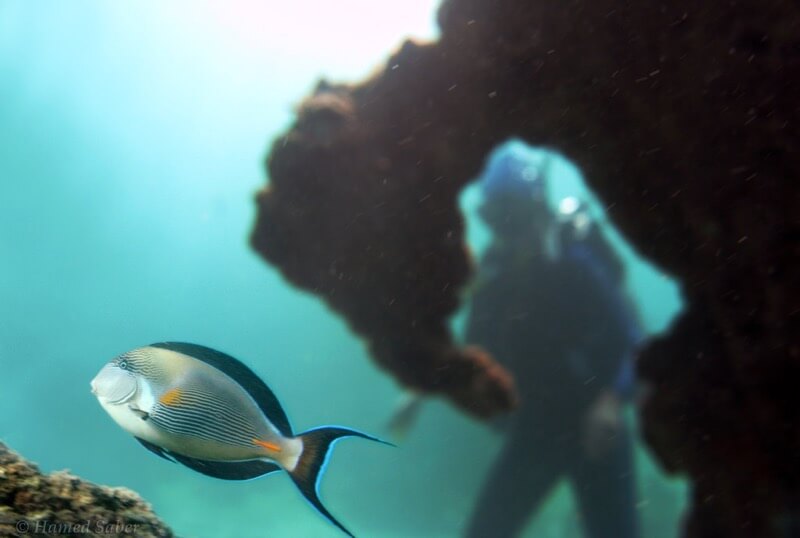
prilfish – Butterfly Fish eating Jellyfish
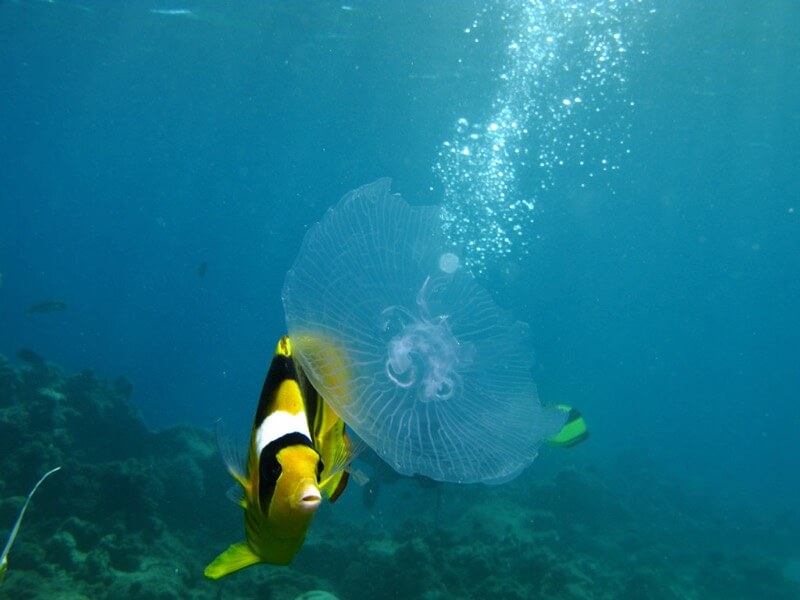
Rickard Zerpe – Honeycomb butterfly sea
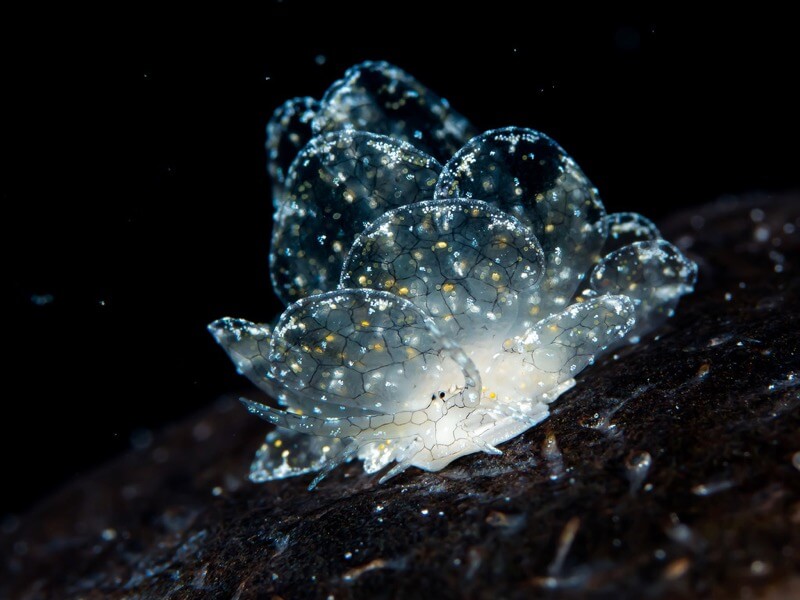
troy_williams – grey reef sharpened 2
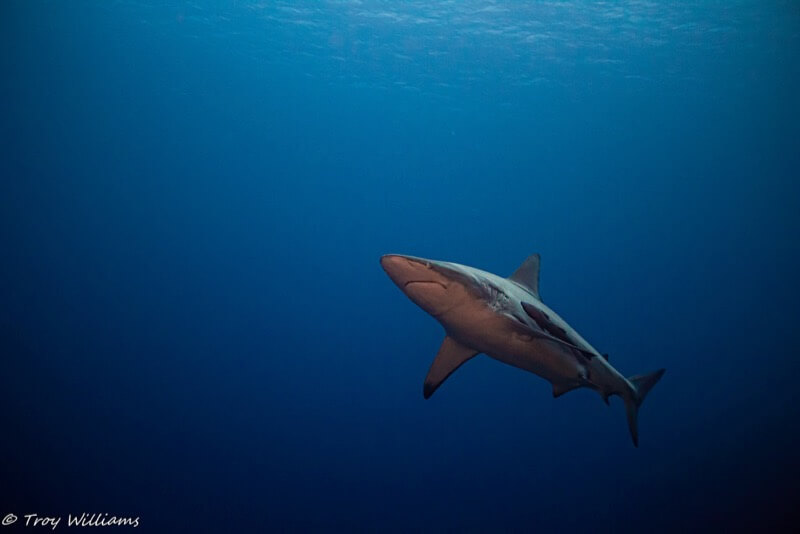
Still Life
If you’re nervous about diving/photographing underwater, or your budget is too tight to get an underwater camera, you can still capture underwater photos by filling a clear glass with water or soda. Then, place your subject in the glass and have fun shooting!
Of course, you can get cool still life photos in a pool or lake, too, but a glass jar is easier, cheaper, and more flexible. It allows you to control the lighting and background, so your photos will be more likely to turn out well. Though you’ll be limited to small objects and close-ups, you can still get underwater photos to be proud of.
Laurens Kaldeway – Orange (iii)
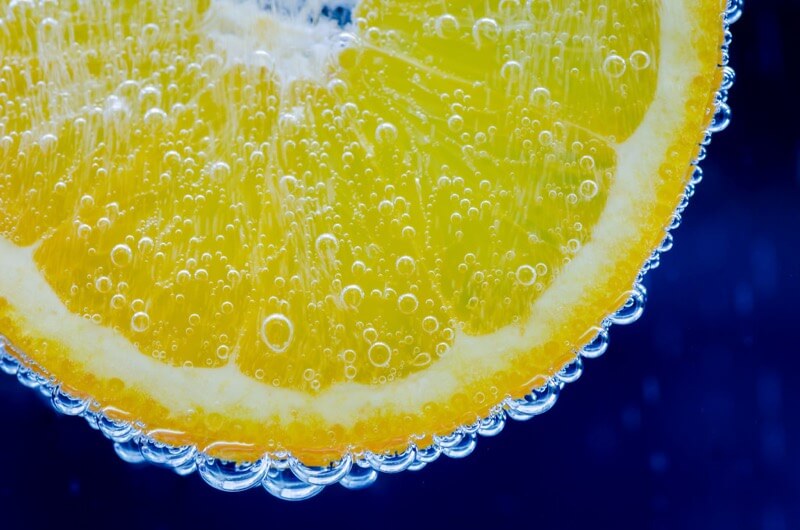
ricky montalvo – YxYY Underwater Photobooth
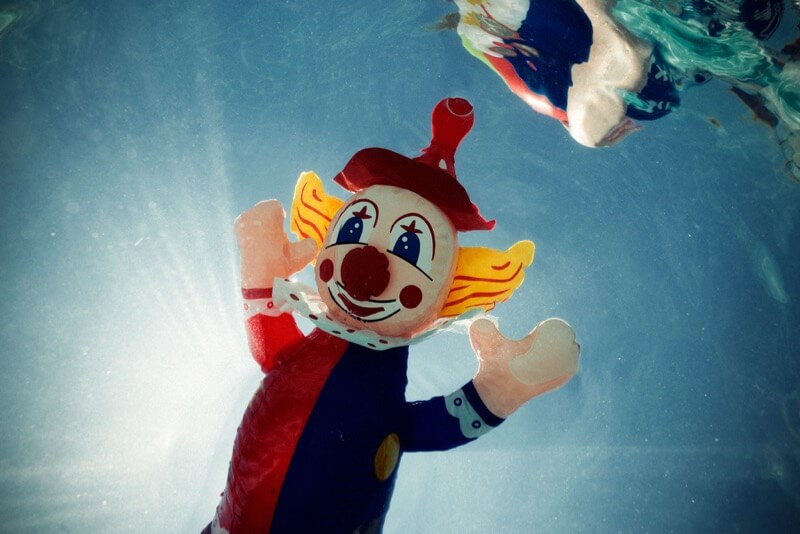
Many of the above photos were selected from our Flickr community. Got a great underwater shot? Share it with the group!
